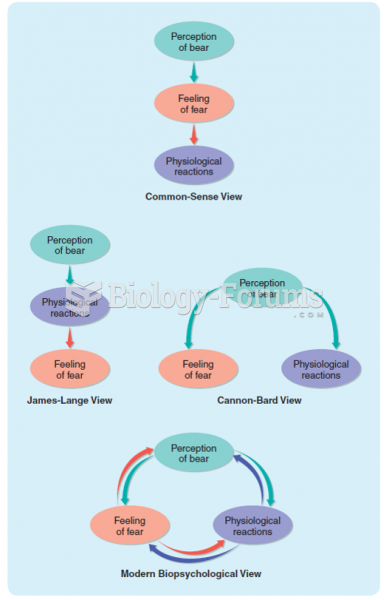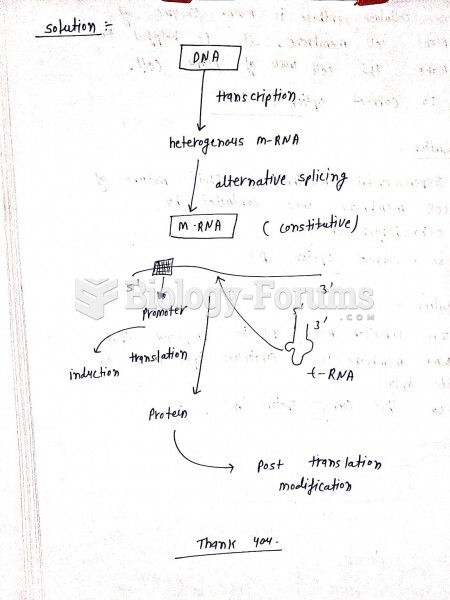Answer to Question 1
Ways in which to create a user-friendly document include:
Use plain English whenever it is feasible to do so, especially when writing for an audience that may have little legal training.
Use short sentences, but do not overdo ittoo many short sentences in a row can make the writing choppy and interrupt the flow of the text.
Use the active voice unless the situation calls for a passive construction.
Be consistent in style and word usage. For example, do not hyphenate a phrase in one place in the document and not elsewhere. Use the same line spacing between paragraphs and sections in the document.
Format the document attractively. For example, add enough margin space to frame the text appropriately.
Divide the document into sections preceded by headings to make the progression of thought immediately clear to the reader.
Add subheadings to further divide visually long sections of text. If you add subheadings, always add at least two.
Make sure that the relationship between the sections and subsections is clear. Often, this can be done in the document's introduction.
Alternatively, transitional sentences at the beginning of each section or subsection can be used to clarify the progression of thought from one section or subsection to the next.
Answer to Question 2
A crucial part of legal writing involves proofreading and revising your document. When you receive a writing assignment, allow time to proofread and revise whatever you are writing. A writer can rarely turn out an error-free document on the first try, and as a paralegal, you will be especially concerned with accuracy.
Proofreading allows you to discover and correct typographical errors, to see whether your document reflects a logical progression of thought from one topic to another, and to verify whether you have covered all of the relevant facts or issues. You
should use the spelling checker in your word-processing program, and perhaps the grammar checker as well, to assist you in proofreading. Don't, however, count on these tools to catch all your errors.
Writing is a process, and the best legal writing goes through many drafts before it is submitted to a court or sent to an opponent. When going over the initial drafts of a document, look for gaps in the content development or legal reasoning. Check to make sure that the argument is organized effectively and the rationale is well developed. It is often helpful to read the document out loud or have someone who is unfamiliar with the case or topic read the draft to provide constructive criticism. Another technique is to take a break and work on another project, then come back to revise the document when you can look at it from a fresh perspective. Ask yourself whether the document says what you intended it to say and what you can do to improve its effectiveness.
When you write your first draft, you have much to think about, and you may overlook many details. When proofreading your document, you can pay more attention to organizational coherence, transitions, paragraph construction, sentence formation, word choice, sexist language, and the like. You might find it helpful to develop a writing checklist to remind you of certain things you want to avoid or achieve in your writingparticularly if there is a required format for the type of document on which you are working. In short, when you are writing legal documents, realize that creating a polished document takes time, and a good portion of that time should be spent in proofreading and revising your written work product.







